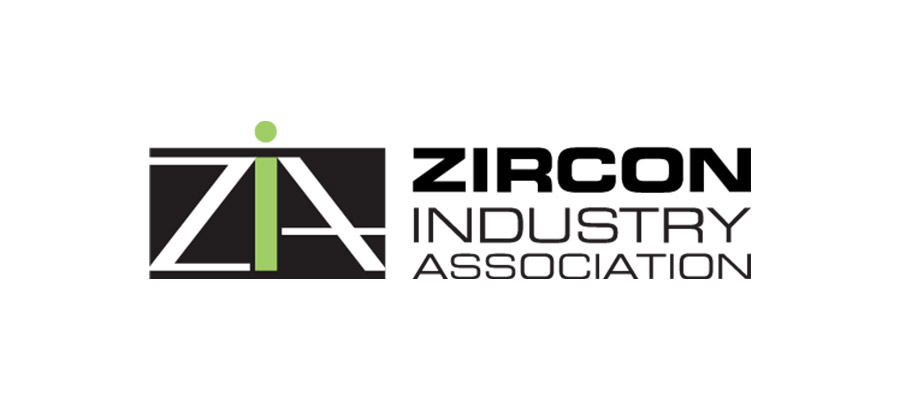
30 Oct ZIA conference 2017 Bologna
Attendees debate the effect of the rise of electric vehicles on demand for zirconia, which is used in brake pads.
Zircon producers are uneasily eyeing the rise in importance of electric vehicles, with uncertainty over how it will affect the use of the mineral in brake pads.
Speaking at the 2nd Annual Zircon Conference in Bologna, Roberto Dante, CEO of 2D to 3D, told attendees that zirconia demand would hold up, despite the switch to electric vehicles, after a number of other attendees voiced concern.
Electric vehicles primarily rely on engine braking. But Dante noted that these vehicles will still need to be fitted with conventional brakes as a fall-back.
As a result, the effect of the electric vehicle boom on zirconia demand remains unclear.
The production of new vehicles will drive the need for brake pads, Dante said, but these brake pads will need to be changed much less often, as the electric motor takes up most of the braking duties.
Another key concern for demand is substitution. Will brake pad makers continue to use zirconia if other alternatives are available, given the recent sharp rise in prices?
Brake pad producers are wary, in particular, of the price volatility recently seen in zircon.
“It isn’t important if the price is high or low,” Dante said. “What is important is if the price is stable”.”
For example he noted that potassium titanate, a potential replacement, is more expensive than zirconia, but prices for that mineral are stable.
The boom in electric vehicles, which only looks set to increase, is already pushing prices for many industrial minerals higher.
Lithium and cobalt prices have already seen massive increases on the back of rising battery demand, as detailed in IM’s Battery Price Report.
Read more